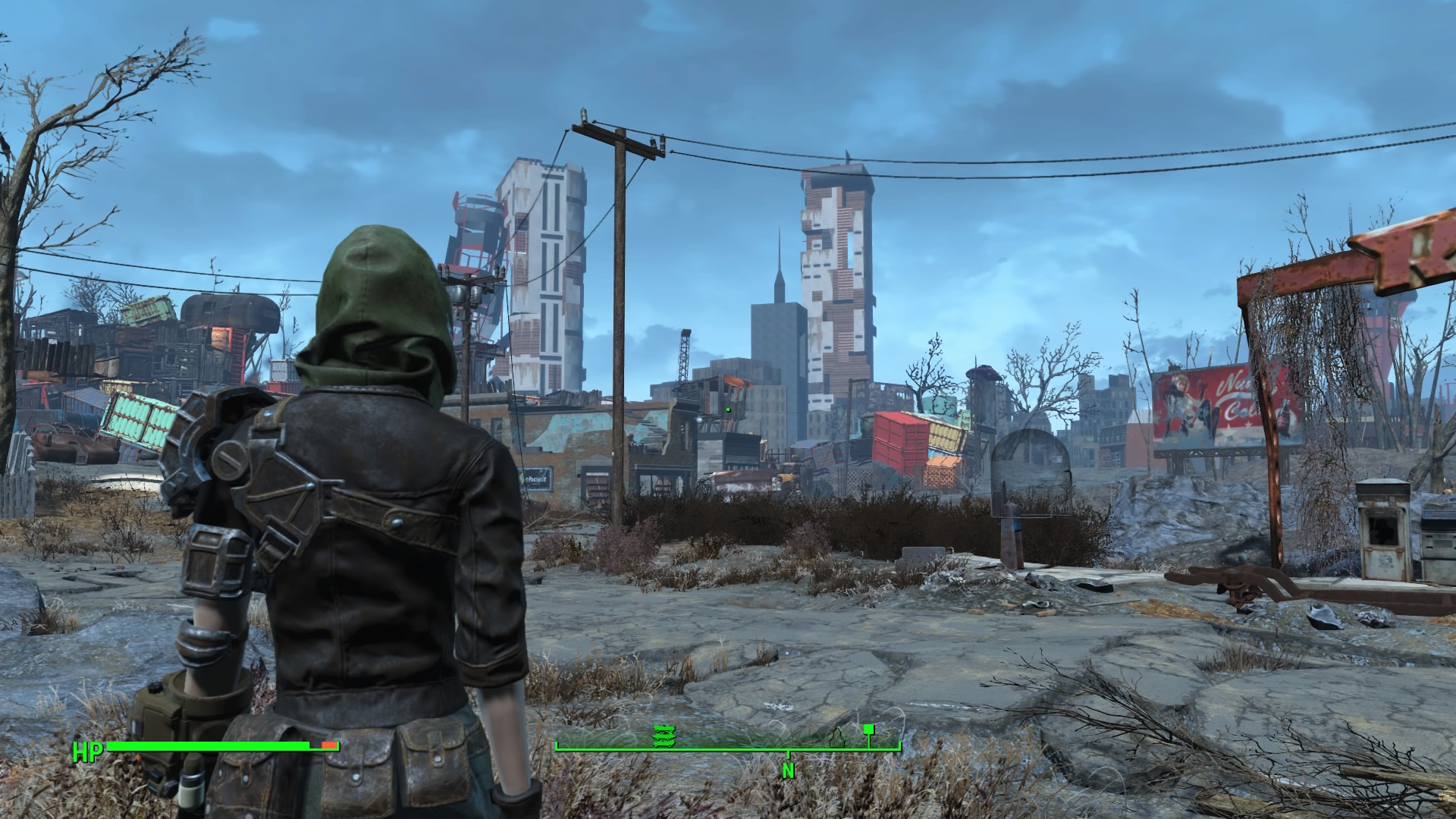An Exploration of Fallout 4’s Post-Apocalyptic Boston
Real Boston vs the Wasteland
Fallout 4’s post-nuclear Boston is intentionally compressed to fit within the technical limitations of the game. While some landmarks like Old North Church and its underground catacombs are remarkably accurate, the overall scale is drastically reduced. The State House, for example, has two sets of windows on the main facade instead of three and much smaller wings. Other areas lose recognizable details as the developers get further from downtown.

Capturing the Essence of Historic Sites
Despite the size constraints, Bethesda did a phenomenal job capturing the essence of Boston’s most iconic landmarks. Players can explore the atmospheric ruins of Fenway Park or climb the iconic Bunker Hill Monument. Wandering through the colonial gravestones of the old cemeteries evokes the city’s long history. Visiting these places in-game after seeing them in real life creates an eerie sense of familiarity.
Recreating the Natural Environment
While suburban areas lack distinctiveness, Fallout 4 excels at recreating New England’s woodland scenery. Trees dot the landscape with burnt autumnal foliage just as the real New England forests. Traveling through the virtual wasteland feels uncannily like exploring the genuine Northeastern topography. Though landmarks are compressed, the authentic climate and flora transport players to the region.
Discrepancies in Distant Locations
Accuracy diminishes the farther one explores from downtown. Iconic suburbs like Concord and Lexington lack defining features beyond generic buildings. And Lake Cochituate’s placement near New York is nonsensical—the real lake sits much closer to Boston. These errors highlight how lack of local expertise distorted outlying areas. Still, the developers had to balance scope against realistic detail.
A Familiar Yet Post-Apocalyptic World
For locals, Fallout 4’s Boston triggers nostalgia yet remains disconcertingly alien. Longtime residents navigate recognizable streets but encounter feral ghouls instead of traffic. Players feel the thrill of exploration amid the haunting desolation of a beloved hometown. Though smaller and less precise than reality, the virtual wasteland offers an eerily plausible vision of a post-nuclear New England and familiar places transformed by atomic war.
Exploring a Beloved Home Under New Circumstances
The mix of accurate landmarks and altered topography sparks curiosity in returning to old stomping grounds under unprecedented conditions. Venturing through a favorite park or neighborhood in a state of retro-future dystopia presents an imaginative “what if” scenario. It’s a thrill to discover a beloved city reconstituted as a hazardous wasteland playground. The compression frustrates perfectionists but intrigues those seeking an alternative version of beloved places.
Balancing Scope Against Realism
Recreating over 10,000 square miles at a game-playable scale required extreme size reductions and omissions compared to the real Boston area. Some suburban indistinctiveness and location errors feel jarring but were likely inevitable concessions. Overall, Bethesda struck an impressive balance considering technical challenges. The project transported local essence and climate better than skeptics predicted. For fans, Fallout 4 offers a provocative reimagining of beloved New England settings.
